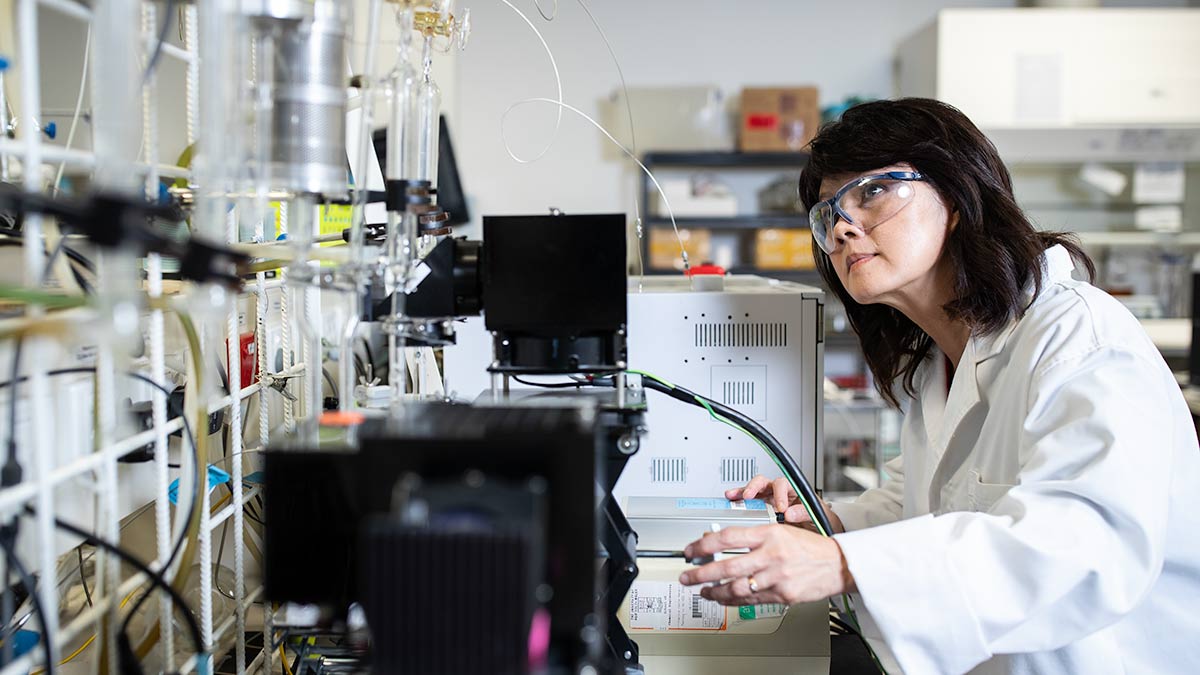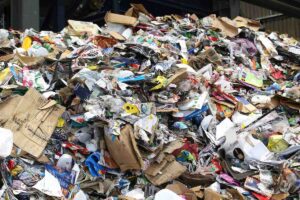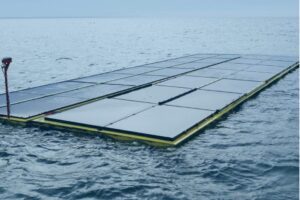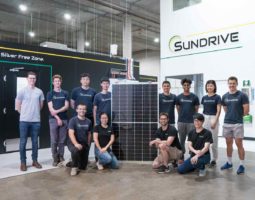The federal government has announced up to $40 million in new funding to support one of the few tangible goals of its net-zero emissions plan, the stretch target for “ultra-low-cost” solar production.
The new funds, announced on Monday by the Australian Renewable Energy Agency, will be allocated via R&D funding rounds open to projects that promise to materially reduce the levelised cost of solar – expressions of interest open next month.
Applications are being invited across two streams, the first covering solar cells and modules and the second targeting cost reductions in balance of system, operations and maintenance. ARENA said it currently expected to allocate up to $20 million in total funding to each of the two streams.
The new funds follow the late October release of the Morrison government’s Long-Term Emissions Reduction Plan, which in turn followed its reluctant commitment to shoot for net-zero emissions by 2050, alongside most of the rest of the world.
As RenewEconomy reported at the time, the “solar stretch target” was one of the few encouraging take-aways from the policy; a welcome sign of recognition from the Coalition that solar is the cheapest form of electricity ever produced, and driving costs even lower will be vital.
The Morrison government’s plan suggested that a solar energy cost of below $15 per MWh would help lower the cost of renewable hydrogen to below $2 per kilogram, and low emissions steel to less than $700 per tonne, and green aluminium to under $2,200 per tonne.
In a statement on Monday, ARENA said the R&D funding program would be aligned with the Agency’s own ambitious target of ‘Solar 30 30 30’, to improve solar cell efficiency to 30 per cent and reduce the total cost of construction of utility scale solar farms to 30 cents per watt by 2030.
ARENA has already helped drive significant cost reductions in the cost of large-scale solar energy projects in Australia, subsidising the first large-scale projects constructed in Australia, which led to dramatic reductions in the cost of building subsequent projects.
But the true stars have been Australian research institutions, particularly the University of New South Wales, but also the Australian National University, the University of Sydney and the CSIRO, which have made major contributions to the global development of cheaper and more efficient solar technologies.
“Australia’s solar researchers have been leading the world for decades,” said ARENA chief Darren Miller in a statement on Monday.
“Thirty years ago, UNSW researchers invented the PERC silicon solar cell, technology which today is the foundation of more than 80 percent of the world’s solar panels.
“This $40 million R&D funding round will support Australia’s solar researchers and industry to get behind the target of Solar 30 30 30 and drive the innovation that will deliver ultra low cost solar,” he said.
“Ultra low cost solar will be a vital component in helping Australia move towards a lower cost, largely renewable electricity system and achieve the goal of net zero emissions by 2050.”
Expressions of Interest for the Ultra Low Cost Solar R&D Funding Round will open in February 2022 with applications due by 5pm AEST Monday 11 April 2022. For more information, visit the funding page at https://arena.gov.au/funding/ulcs.










